QuestionHello, I have a 35 gallon hex aquarium with 1 black veil tail angel, 1 gold veil tail angel, 1 clown loach, 1 golden lyretail molly, 1 Red Mickey Mouse molly, 1 Golden Molly, 1 Pleco, 1 Albino Cory, and 1 Spotted Cory.
ph-7.0
Nitrite-0
Ammonia-0
Nitrate-15
25 Percent Water Changes every 2-3 weeks
Undergravel filter system
I don't vacuum the gravel
I use NovAqua Water Conditioner, Aquarium Salt upon setup, and Stability.
Hi Dave,
I have lived in Marquette, MI all of my life and have never had a problem with my aquarium. I moved across the city to my current residence about 11 months ago. Ever since moving here, I have had issues with my fish and constant disease outbreaks. I have always used the same Marquette City water as my water source and have never had issues until the past 11 months. My veil tail angels fins and tails have become raggedy, almost torn looking, with occasional cottony looking growth. I treated them ongoing with Melafix and Pimafix, using the recommended water exchanges. That was the ongoing problem up until now, my Clown Loach has developed Velvet. I first misdiagnosed the condition as Ich and treated him with Malachite Green, and his condition worsened rapidly. At that point, I shone a flashlight on him and discovered that the spots on him were actually of the golden, dusty variety, hence being Velvet. I immediately siphon exchanged 60 percent of the water and began treatment with Coppersafe and continued Pimafix and Melafix for prevention of Positive and Negative Secondary infections. I didn't remove the activated carbon, as the the directions on the Coppersafe stated to maintain normal filtration and aeration. It is now the fifth day since treatment and the loach's tail is diminishing and his overall condition hasn't improved. He stays at the surface of the water (head is at the surface, tail is vertically down). I don't have a hospital tank to treat him in and needed to treat all of the fish anyway since they were exposed to the Velvet. I am not sure where to go from here. My tank appears cycled, but I am not sure if there are bacteria in the plumbing of my new apartment or what is causing the issues I have been experiencing for the past 11 months and should I change what I am doing for the Clown Loach?
AnswerHi Heather: What is the temperature of your tank. Parasites have a life cycle and in the case of ICH it is 9 days... elevated tank temperatures shorten the life cycle of parasites and in doing so make them more at risk to the medication you have put in your tank. make sure your tank is at least 82 degrees preferable 86. Parasites are only vulnerable to the medication when they are free swimming... when they are under your fishes skin they are immune to the medication in the tank water. Add the therapeutic dose of aquarium salt as well and this will help. Tanks should be cleaned every week and a small 10-20% water done while cleaning your gravel. Gravel must be clean else the toxins build up and your fish get sick... whatever has changed in the water system can be corrected to a point with tank maintenance... I would also contact the local water company and ask if in the last 11 months they have changed chemicals or maybe even a process in their routine to provide safe water... hope this helps... dave
Hi Heather... Sorry to hear that your fish died... my answer to your question was a reference to parasites where I used ICH as an example of why you need to raise the temperature of the water to treat parasites... I relate parasitical infections to ICH because 99% of the readers who read these posts are dealing with ICH... Velvet is also a parasitical infection and the advice I gave to you is sound...so for you and other readers... in the future when you are dealing with parasites such as ICH or Velvet... you must raise the temperature of the water...if you do not raise the temperature of the water then the parasite's life cycle remains the same length. Parasites are immune to tank medication when they are under your fish's skin... the fish skin actually protects the parasite from the medication in the tank. This being said... parasites pass through three stages of life. The first is only detected when your fish become sick and that is the stage where the parasite is living off of your fish, the second stage is where the parasite is near the end of its life and it leaves your fish and forms a cyst where it begins to multiply. The third stage is the most important because it is the only stage of the parasites life cycle where the medication that you put in your tank can kill it. The third stage occurs when the cyst breaks open and millions of parasites are released into your tanks water. This is the free swimming stage. The raised water temperature is critical because it shortens the time period that the parasite is immune to medication from (in the case of ICH) 9 days to 3 days...which means that the parasite lives in an "immune" state for only 2 days as opposed to 8 days. and this means you have a better chance of killing the parasite before it kills your fish. dave

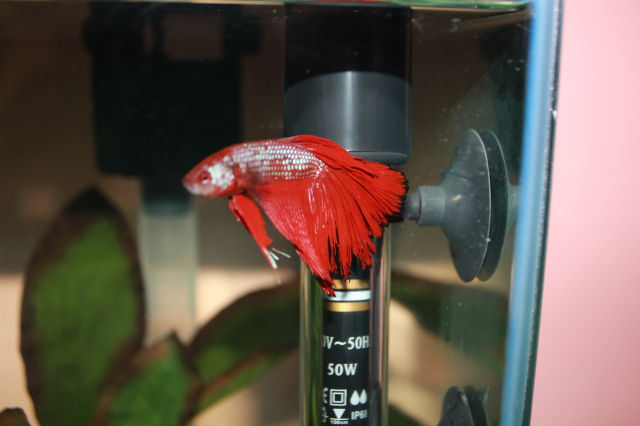 Betta fin problem?
Question
Fins
Hi Jaymie,
I contacted you a few
Betta fin problem?
Question
Fins
Hi Jaymie,
I contacted you a few
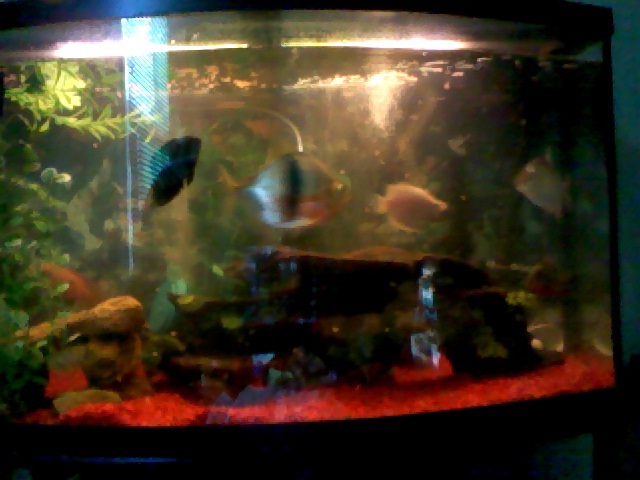 is my tank over stocked
Question
my tank
is my tank over stocked ...
1 jewel ci
is my tank over stocked
Question
my tank
is my tank over stocked ...
1 jewel ci
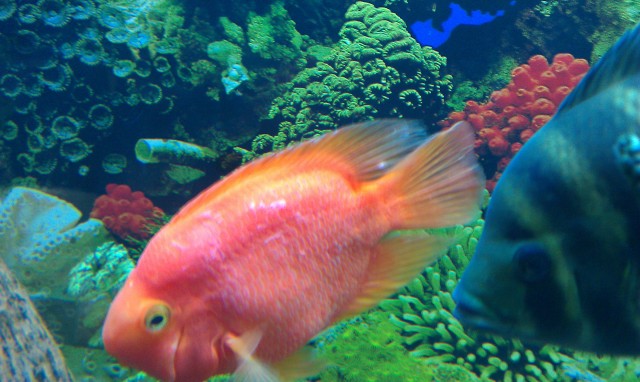 Parrot disease
Question
scales peeling off
I have a 115 gallon tank wi
Parrot disease
Question
scales peeling off
I have a 115 gallon tank wi
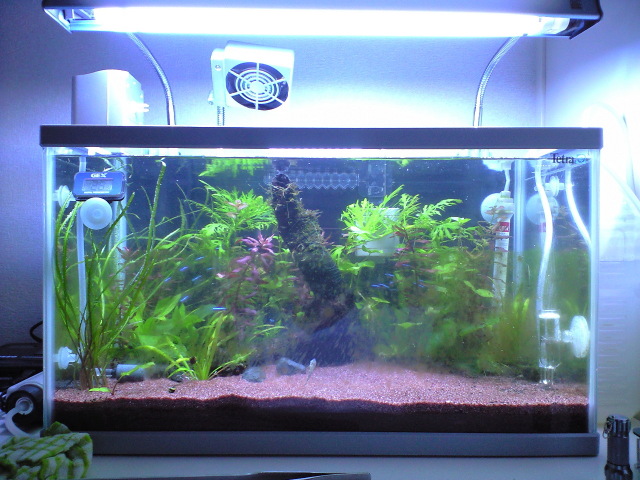 Very shy cardinal tetras and water questions
Questionaqua
QUESTION: Hi , its been a month tha
Very shy cardinal tetras and water questions
Questionaqua
QUESTION: Hi , its been a month tha
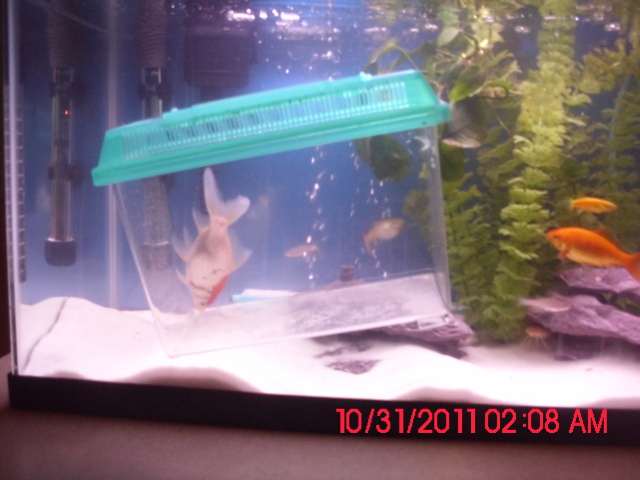 Facedown Gold fish
Question
face down gold fish
On firday i took my
Facedown Gold fish
Question
face down gold fish
On firday i took my